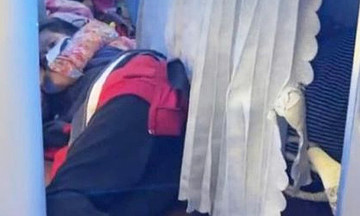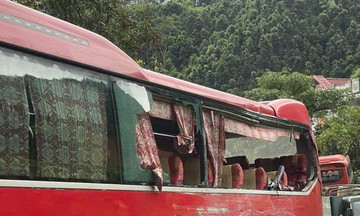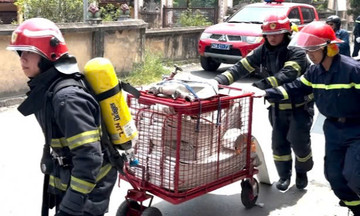Issued on 12/7, Directive 20 acknowledges the severe pollution in many areas, particularly air pollution in major cities and water contamination in densely populated areas, craft villages, and business establishments. Hanoi's air pollution levels at times rank among the highest globally, and the water quality of inner-city rivers has exceeded permissible limits for years.
The main causes stem from inadequate assessment of the current situation and a lack of awareness regarding environmental protection. Management responsibilities have been lax, implementation has lacked coordination and decisiveness, penalties are insufficiently deterrent, and legal frameworks and technical infrastructure haven't kept pace with practical needs.
To address this, the Prime Minister has outlined specific solutions for each sector and level of government, tied to implementation timelines and clear accountability mechanisms. From improving regulations and strengthening law enforcement to applying monitoring technologies, strictly handling violations, and mobilizing financial resources for environmental restoration and clean transportation development, these solutions are designed within a unified, interdisciplinary, and inter-regional operational framework.
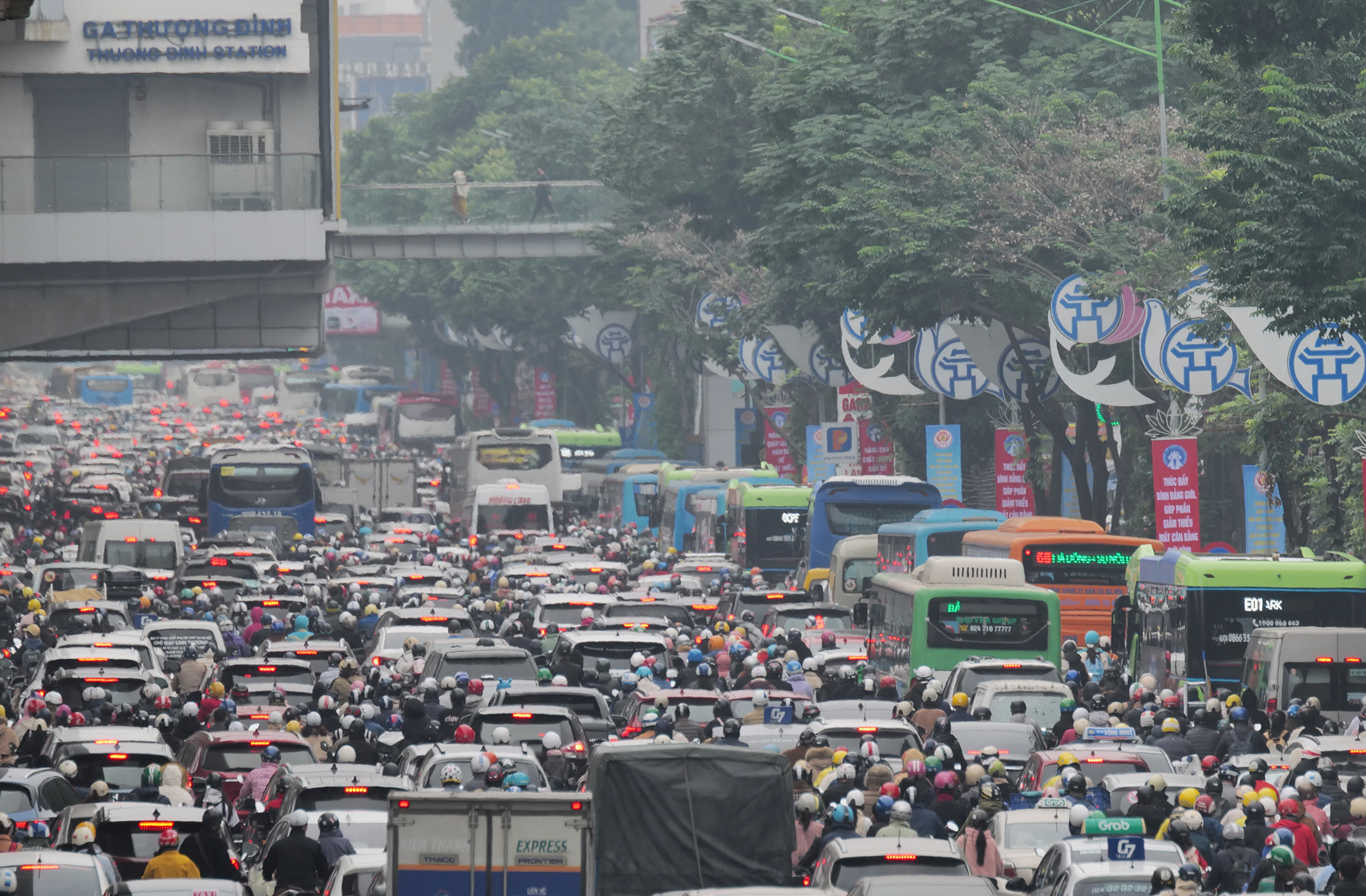 |
Congested Hanoi streets, 2023. Photo: Ngoc Thanh |
Curbing personal vehicles, expanding green transportation
Directive 20 prioritizes controlling the increase of personal vehicles in major cities while promoting public transport and environmentally friendly vehicles.
Following the Prime Minister's directive, the Ministry of Construction must finalize a roadmap to accelerate the development of public transport systems starting in 2025, combined with measures to control motor vehicle emissions. Completing and applying national technical regulations for road vehicle emissions will begin in Quarter III/2025.
The Ministry of Finance is tasked with researching additional environmental protection fees for vehicle emissions and reviewing preferential policies and support for businesses and individuals investing in green transportation. This task must be completed in Quarter III/2025.
Regarding data infrastructure, the Ministry of Public Security, the Ministry of Justice, and the Ministry of Natural Resources and Environment will collaborate to build a national database for handling administrative violations, integrated with population data and specialized databases. This system, to be completed in 2025, will be a fundamental tool for enhancing management and handling environmental violations.
Concurrently, environmental protection laws will be reviewed and amended to tighten sanctions, address legal loopholes, and enhance deterrence. This legal framework is crucial for cities to establish low-emission zones and gradually restrict and eliminate polluting vehicles within urban areas.
Banning gasoline-powered motorbikes within Hanoi's Ring Road 1 from July 2026
Under Directive 20, Hanoi will pilot stricter measures to reduce traffic emissions and address urban environmental pollution, with a specific roadmap from now until 2030.
Initially, the city must develop and announce a low-emission zone plan in Quarter III/2025. It must also balance the budget and mobilize social resources to develop public transport systems, ensuring connectivity between key areas. Infrastructure for charging stations and services for clean energy vehicles also needs appropriate investment.
By 30/9/2025, Hanoi must issue support mechanisms for businesses manufacturing and assembling clean energy vehicles and those investing in infrastructure for electric vehicles. It must also implement policies encouraging people to switch from fossil fuel-powered vehicles to green vehicles or public transport.
From Quarter III/2025, the city is required to research adjusting and increasing registration fees, license plate fees, and parking service fees in the city center for fossil fuel vehicles.
Crucially, the Prime Minister tasked Hanoi with ensuring that no gasoline or diesel-powered motorbikes will operate within Ring Road 1 from 1/7/2026. From 1/1/2028, gasoline and diesel-powered cars will also be restricted within Ring Roads 1 and 2, expanding to Ring Road 3 by 2030.
Regarding wastewater treatment, Hanoi must develop a plan for collecting and treating wastewater and domestic waste in the inner city, ensuring on-site treatment and preventing pollution from spreading to other areas.
By 2028, polluting production facilities must relocate outside the inner city according to the planning. The city also needs to improve the drainage system by separating rainwater and wastewater. Urban areas without centralized wastewater treatment systems will face penalties.
Additionally, from Quarter IV/2025, Hanoi must pilot a ban on single-use plastics in restaurants, hotels, beverage shops, and eateries within Ring Road 1, expanding citywide in subsequent years.
Improving environmental policy enforcement
To address shortcomings in environmental protection, the Prime Minister directed ministries, sectors, and localities to focus on removing institutional bottlenecks and improving the legal framework for effective enforcement.
Environmental strategies, plans, projects, and tasks must adhere to the "6 clear" principle (clear person, clear task, clear timeline, clear responsibility, clear product, clear authority). Priority should be given to investing and mobilizing social resources to address critical and urgent environmental issues. Authorities need to strengthen inspections and strictly handle violations by organizations and individuals.
The Ministry of Natural Resources and Environment will lead the review and assessment of the progress and results of environmental tasks assigned by the Government and the Prime Minister. The Ministry is responsible for proposing solutions for unimplemented, delayed, or prolonged tasks, especially those directly addressing pollution. The deadline for completion is Quarter III/2025.
Furthermore, the Ministry of Natural Resources and Environment will research and propose specific policies to address urgent environmental issues, especially in urban areas, craft villages, river basins, and irrigation systems. The Government will amend the Decree on Administrative Sanctions in the environmental field, increasing fines, expanding sanctioning authority, and applying remedial measures for appropriate positions within the three-tiered government model. The police will be authorized to penalize all administrative violations related to the environment.
Additional administrative measures, such as suspending electricity and water supply and lowering credit ratings for persistent and severe polluters, will be improved to ensure deterrence and prevention.
The national environmental database will be completed and integrated into the National Data Center. Initially, the Prime Minister requested the completion of a database for automatic and continuous environmental monitoring at concentrated production and business areas, industrial clusters, and major emission sources. This data will be shared with the Ministry of Public Security for investigating and handling environmental violations.
The Ministry of Natural Resources and Environment is also tasked with completing environmental tax and fee policies according to the Law on Environmental Protection and related regulations to mobilize resources for environmental restoration. This must be completed in Quarter IV/2025.
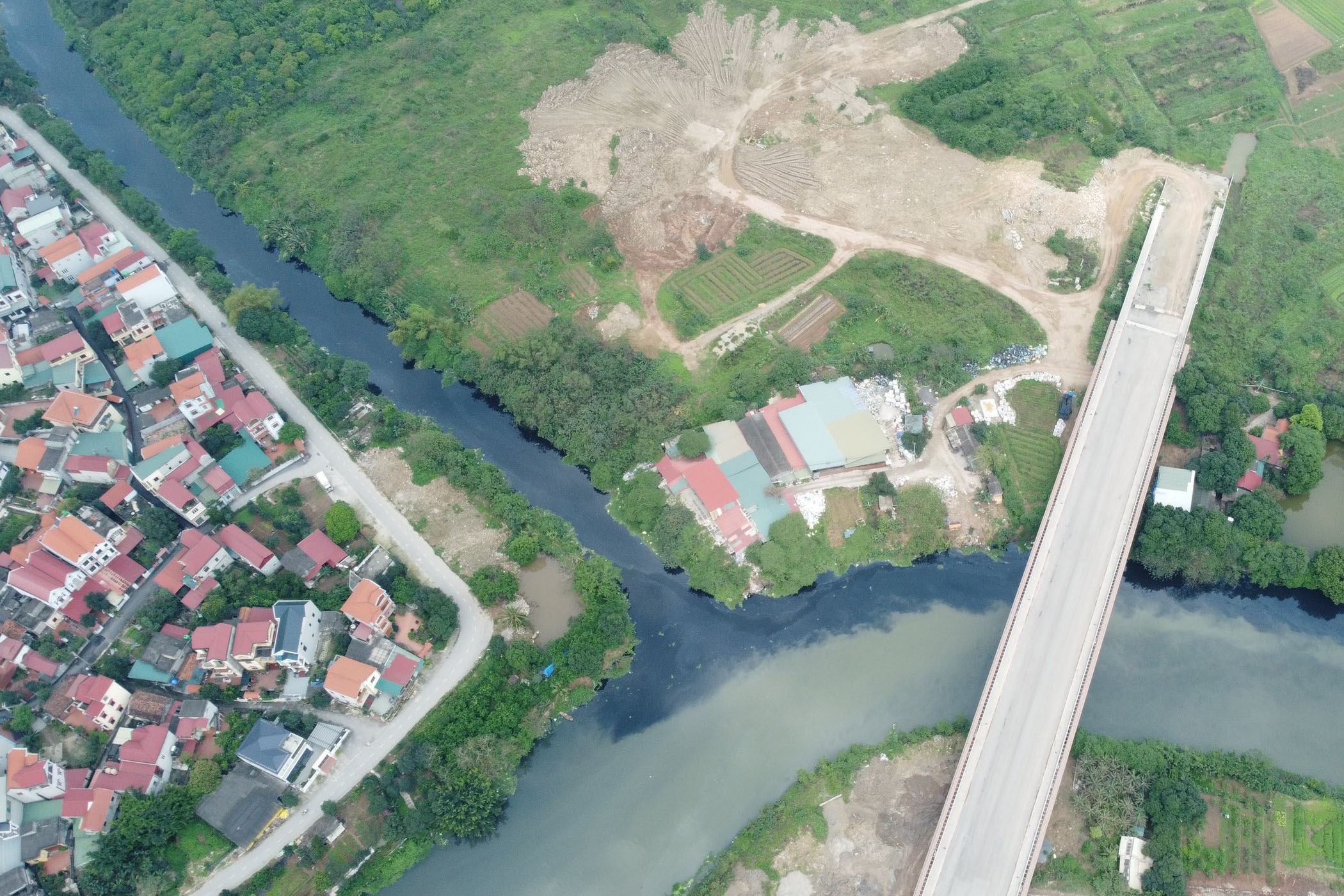 |
Polluted Bac Hung Hai irrigation system, 2024. Photo: Gia Chinh |
Resolutely handling environmental violations and crimes
Directive 20 tasks the Ministry of Public Security with monitoring, regularly reviewing, and updating the list of polluting facilities, polluted areas, and locations nationwide. The Ministry will direct inspections, investigations, and strict handling of legal violations and crimes in this field.
The Prime Minister requires investigations to verify irresponsibility, negativity, waste, corruption, or abuse of power by related individuals and organizations. Actions against authorities or causing security and order complications will be dealt with severely.
The Ministry of Public Security is responsible for urging ministries, sectors, and localities to resolve environmental pollution in major cities, craft villages, river basins, concentrated production and business areas, and densely populated areas, especially in Hanoi and Ho Chi Minh City. It will also guide commune-level police in effectively investigating and handling environmental violations. Environmental police need to enhance their professional capacity to meet the demands of this new phase.
The Ministry of Public Security is also tasked with promoting information technology and digital transformation in receiving and handling reports and denunciations of environmental crimes through hotlines, security Zalo accounts, and the VNeID application. The database on environmental violations and crimes will be improved and integrated to support investigations.
The Ministry is also required to effectively utilize security cameras and surveillance systems on traffic routes, areas with large emission sources, and environmentally sensitive locations to promptly detect violations and facilitate verification, investigation, and handling according to regulations.
Inspecting delayed environmental protection projects
To address delays and inefficiencies in environmental projects, the Prime Minister requested the Government Inspectorate to develop a specialized inspection plan from Quarter III/2025, focusing on seriously polluted areas and publicly funded projects with signs of violations, delays, or waste. Based on inspection conclusions, authorities will recommend holding accountable leaders of agencies, units, and localities with inadequate management or lax implementation. Cases with signs of criminal activity will be transferred to the Ministry of Public Security for investigation.
Along with inspections and monitoring, the Prime Minister demanded transparency regarding production facilities required to install automatic and continuous environmental monitoring equipment. The list of facilities that have, have not, or have failed to fulfill this obligation must be regularly updated. Investors must also integrate environmental surveillance systems with the Ministry of Public Security's technical infrastructure for violation detection and handling.
From Quarter III/2025, automatic water resource monitoring systems will be deployed locally, with data publicly available on the provincial People's Committee, Department of Natural Resources and Environment, and commune-level information portals. These systems must be completed in 2026.
In the credit sector, the State Bank is directed to guide credit institutions in incorporating environmental compliance criteria into customer credit rating systems, encouraging businesses to comply with environmental regulations through financial mechanisms.
Localities are also required to review and address individual responsibilities for severe pollution causing public concern and impacting security and order without preventive or remedial measures.
At the policy level, ministries and sectors will research adjusting and increasing wastewater environmental protection fees and wastewater treatment service prices to ensure resources for centralized wastewater collection and treatment systems.
The Directive also identifies priority technical solutions: increasing solid waste collection, sorting, recycling, and treatment capacity; controlling surface water quality; and restoring the environment in craft villages, old landfills, and polluted areas.
In 2025, localities must identify low-emission zones according to environmental protection plans and develop appropriate management measures. Automatic air quality monitoring systems should be installed in major cities, with regular public disclosure of air quality data.
The Prime Minister also demanded stricter enforcement of environmental regulations in construction and building material transportation, two activities identified as common sources of fine dust pollution in urban areas.
Following the Prime Minister's Directive, ministries, sectors, and localities are responsible for translating these directives into action plans, guidelines, and implementation documents. Leading agencies must establish implementation roadmaps, assign focal points, set deadlines, and define deliverables.
Vu Tuan







